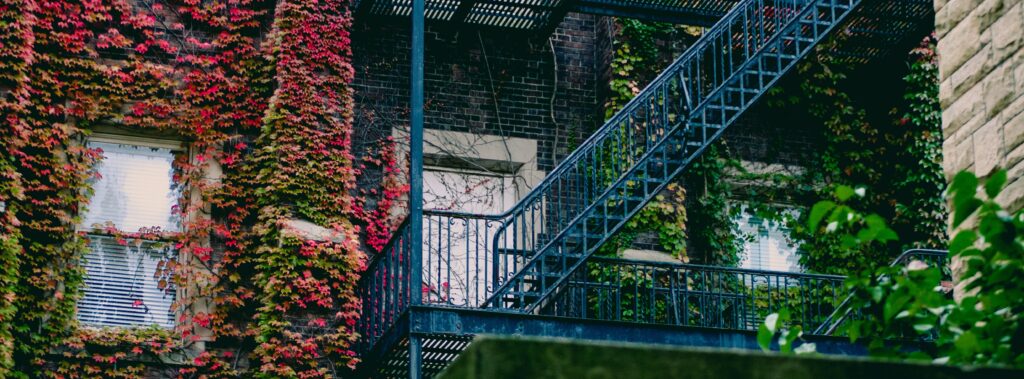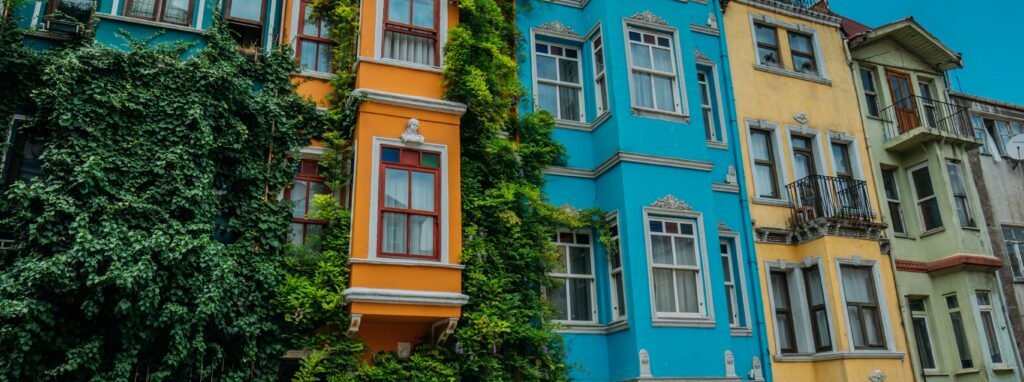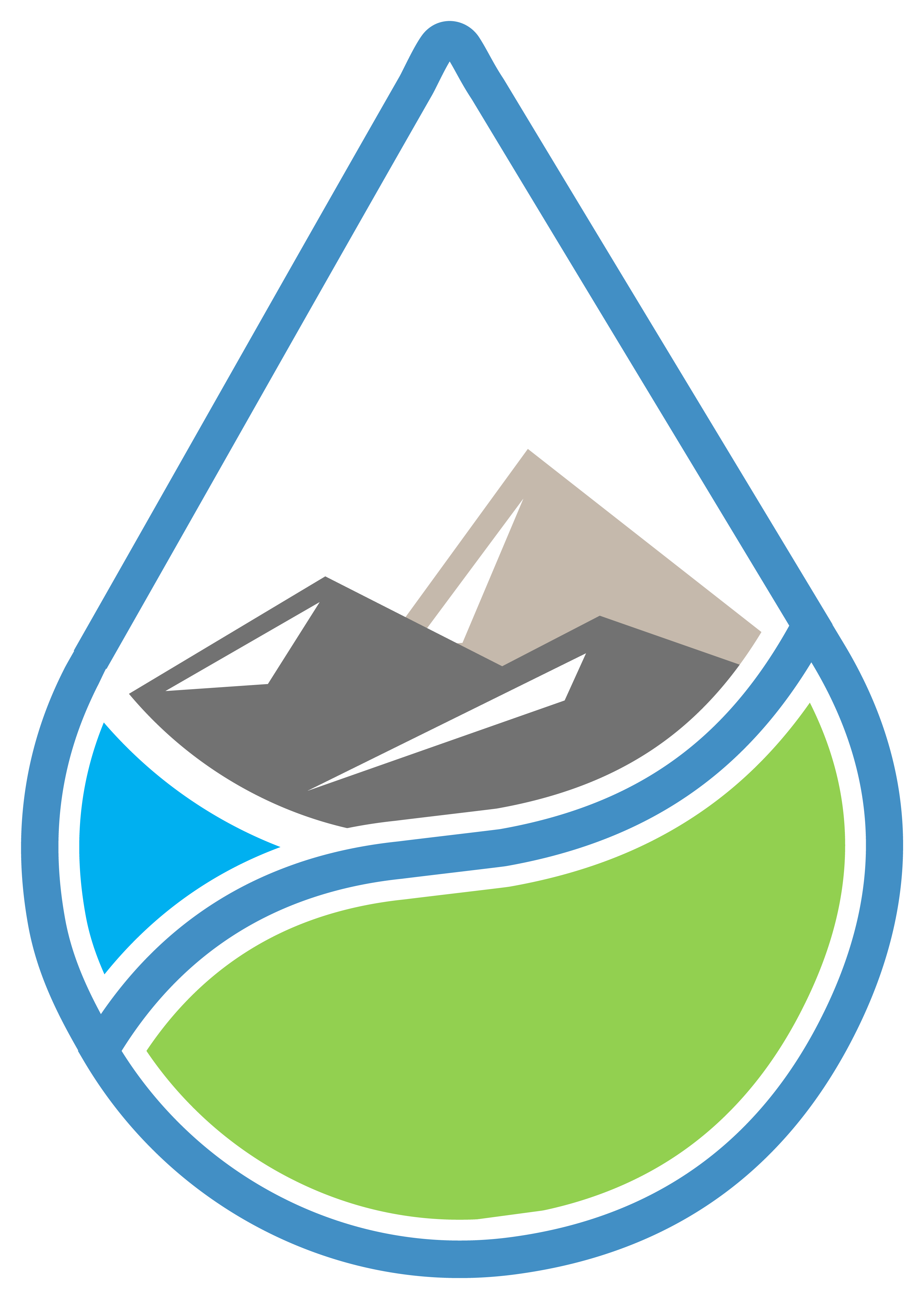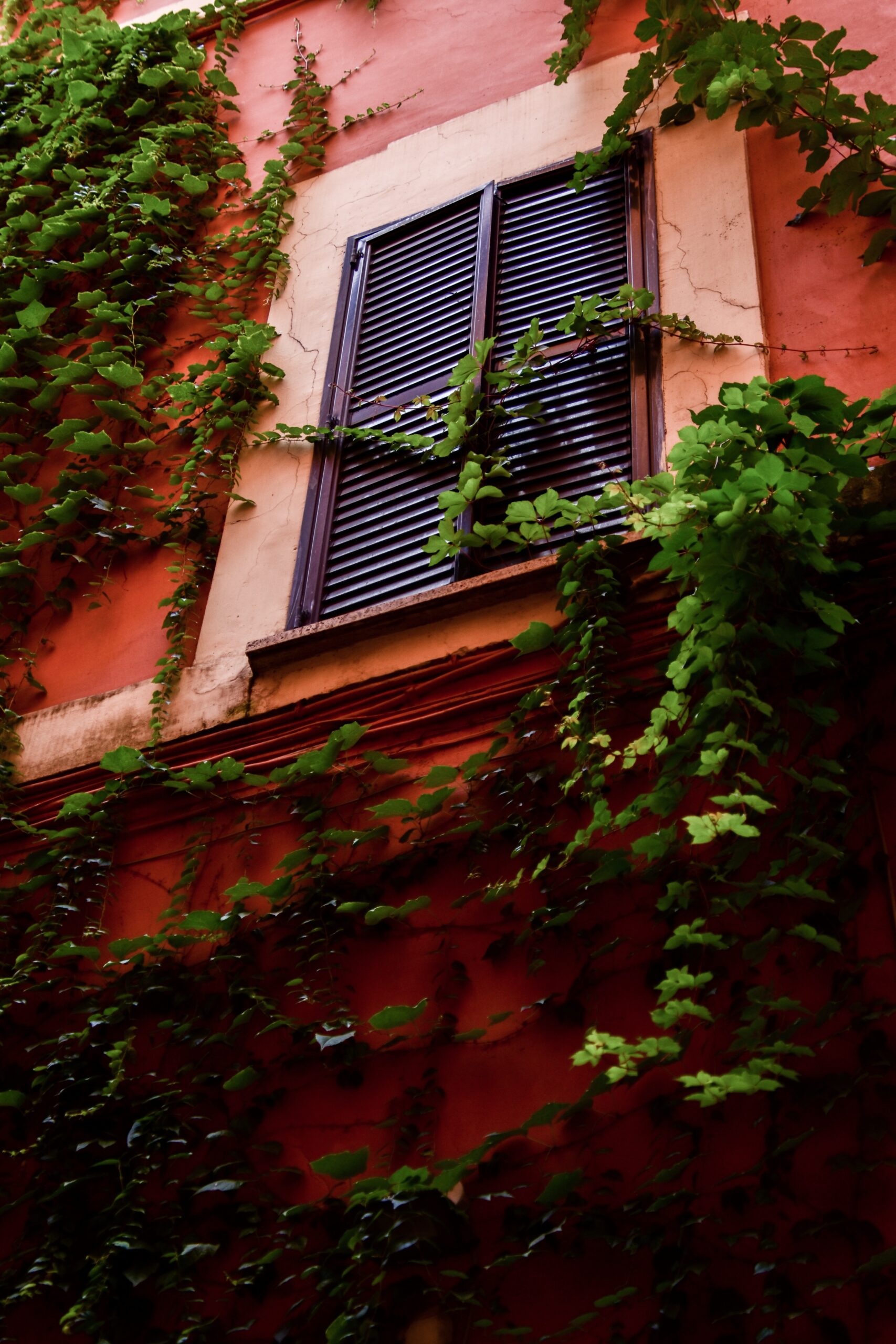🛣🏜 Cities, aka sealed asphalt deserts
Our cities are currently build to drain rainwater FAST! With surface sealing by asphalted streets and concrete houses, rainwater is mostly directly converted to runoff. This runoff is then channeled into sewers, which (in case of a mixed sewer) should guide it to a wastewater treatment plant. With increases in rainfall intensities due to changing climate, sewer systems more often cant handle the huge amounts needed to drain in short times. This overwhelms the system which leads to spilling, causing untreated wastewater to discharge into freshwater rivers, polluting them with waste, contaminants and nutrients.

🧽🏙 Sponge Cities
The term “Sponge City” comes from a sponges characteristics: first soaking up all water and then releasing it slowly. This analogy is translated to cities with infrastructure being able to capture and contain rainfall runoff and then release it slowly. Most of these building techniques can also be summed up under the name “Green Infrastructure”. These are some key implementations of sponge city characteristics:
- 🏙🌳Urban Trees: Parks, gardens and street-trees all have one major benefit against only paved, asphalted areas: Interception. This describes the process of vegetation capturing rainfall with their leafs and branches. This minimizes the total water amount reaching the ground, thus reducing surface runoff substantially. In a current study at the institute of Hydrology, University of Freiburg my colleague Markus Anys researches exactly this phemomenon. In a first assessment, presented at the European geoscience Union 2023, he found out that city trees reduce rainfall reaching the ground by up to 70% depending on the species! Here you find his abstract.
- 🍂🏡Facade & Roof greening: This technique has the same benefits as urban trees by capturing rainfall with leaves.
- 🛁🍃Swales & Retention basins: Here, urban runoff is redirected into surface depressions where it is stored and slowly infiltrates into groundwater or is slowly released. More on that in the earlier WaterWednesday Newsletter on rainwater harvesting.
- 🧀💧Permeable Pavements: Lets be clear: surface sealing also has major benefits for human living. Driving to work by bike is way easier on a road than through a meadow. But pavements and streets don’t have to be the sealed surfaces! Best examples are grass pavers, letting water infiltrate but also support wheight like cars and bikes. Going more for streets and sidewalks, even permeable asphalts exist. This porous material allows water to seep through, thus recharging underlaying groundwater (The disadvantage being that runoff contaminated by street dirt gets a chance to infiltrate without passing through the soil as a filter). An amazing video showcasing porous asphalts properties can be found here.

🍒🍰Nice Side effects
– 🌬Evaporative cooling: More water intercepted or taken up by vegetation leads to higher evaporation and transpiration. As this process needs energy (aka heat) this causes cooling. More on that concept here.
– 🏕Increased living value: I think most readers will agree that living in a greener city with more parks and trees is just nicer than only being surrounded by asphalt, concrete and metal. But here is also scientific evidence by the world health organization.

Sources
Quick acknowledgement and also tip for students, as this really made my life easier writing this newsletter: the website www.citethisforme.com lets you create a bibliography for presentations or something like WaterWednesday really fast only by DOI!
Anys, M. and Weiler, M. (2023) “Urban influences on rainfall interception of different tree species.” Available at: https://doi.org/10.5194/egusphere-egu23-5192
Guan, X., Wang, J. and Xiao, F. (2021) “Sponge City Strategy and application of pavement materials in Sponge City,” Journal of Cleaner Production, 303, p. 127022. Available at: https://doi.org/10.1016/j.jclepro.2021.127022
Liberalesso, T. et al. (2020) “Green Infrastructure and Public Policies: An international review of green roofs and green walls incentives,” Land Use Policy, 96, p. 104693. Available at: https://doi.org/10.1016/j.landusepol.2020.104693
Wolf, K.L. et al. (2020) “Urban trees and human health: A scoping review,” International Journal of Environmental Research and Public Health, 17(12), p. 4371. Available at: https://doi.org/10.3390/ijerph17124371


Comments are closed